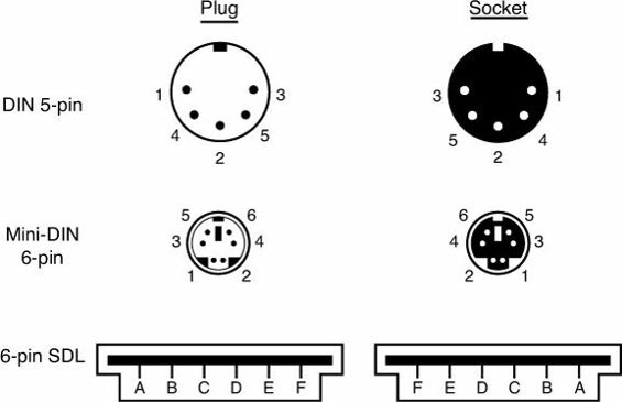Hardware Reference
In-Depth Information
programmable for user-defined functions. Each key also has scan codes. USB keyboards use a special
series of codes called Human Interface Device (HID) codes, which are translated into PS/2 scan
codes. For more information as well as a detailed list of these codes, see
International Keyboard Layouts
After the keyboard controller in the system receives the scan codes generated by the keyboard and
passes them to the main processor, the OS converts the codes into the appropriate alphanumeric
characters. In the United States, these characters are the letters, numbers, and symbols found on the
standard American keyboard.
However, no matter which characters you see on the keytops, adjusting the scan code conversion
process to map different characters to the keys is relatively simple. Windows takes advantage of this
capability by enabling you to install multiple keyboard layouts to support various languages, through
the Region and Language Options applet in the Windows Control Panel (see
Figure 15.8
).
Figure 15.8. Adding or changing the keyboard layout (input language) in Windows.
These keyboard layouts (input languages) map various characters to certain keys on the standard
keyboard. The standard French layout provides easy access to the accented characters commonly
used in that language. For example, pressing the 2 key produces the é character. To type the numeral
2, you press the Shift+2 key combination. Other French-speaking countries have different keyboard
conventions for the same characters, so Windows includes support for several keyboard layout
variations for some languages, based on nationality.
Note
It is important to understand that this feature is not the same as installing the OS in a different
language. These keyboard layouts do not modify the text already displayed onscreen; they only
alter the characters generated when you press certain keys.







